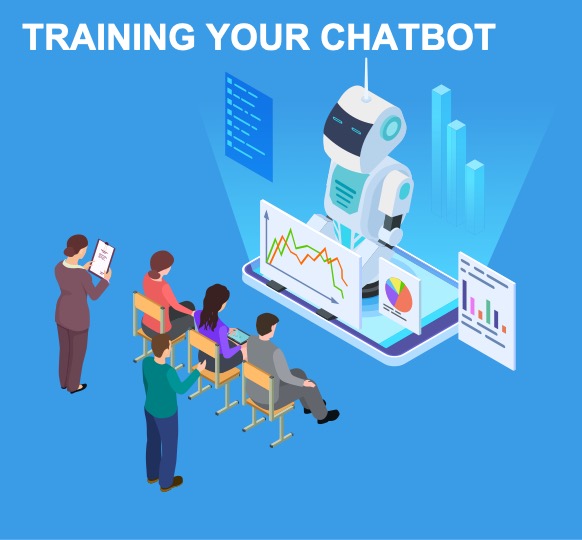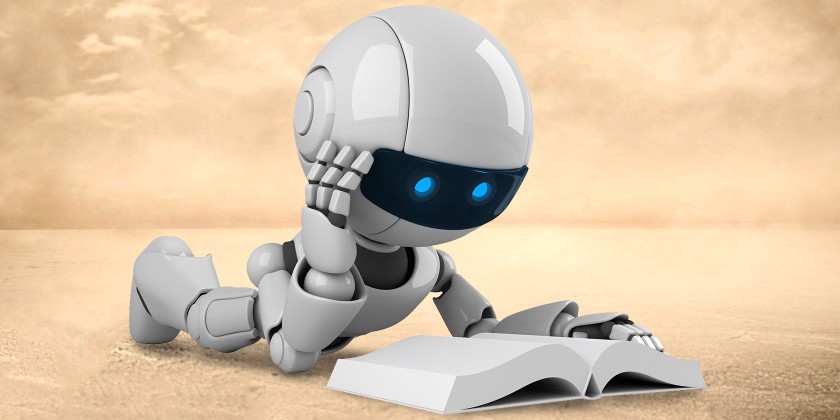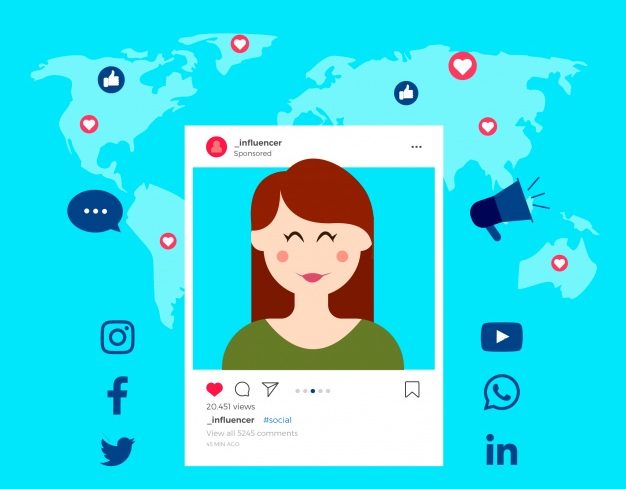Either through customer service departments or personal assistants like Alexa or Siri, nearly everyone would have interacted with a chatbot at least once. It is fascinating how smart they are, and one will wonder how chatbots are trained.
Chatbots are trained to predict users’ queries and give responses that satisfy the user.
Chatbots like Zebrabuzz, for instance, give realistic responses that sometimes seem you are chatting with a human. However, it takes some set of procedures by bot builders to achieve this.
With the way businesses are using bots in online marketing, more customers would use them at one time or the other; hence, the need for chatbots to be properly trained to serve each customer properly.
Chatbot training is a process. It does not stop. You need to constantly strive to improve your chatbot to meet the demands of your users.
Training a chatbot is more or less like training your dog or another pet. You constantly strive to teach your pet new things. If you cannot do it, you may want to consult someone who can.
And like pets, if a chatbot is not properly trained, the behaviour they exhibit can be a mess to clean up.
They can frustrate your clients and the last thing your business needs is a disgruntled customer.
If you want to learn how chatbots are trained, there are a few steps you can follow to achieve this.
Technical Terms To Note In Learning How Chatbots are Trained
Chatbot training is only common in bots that are powered by artificial intelligence (AI). There are some technical terms in AI that you must be familiar with before we continue.
While some may have known this, for the sake of those who may not be technical enough, AI has terms like NLP, NLG, NLU, Intents, Utterances, Entities and many more.
Natural Language Processing (NLP)
Natural Language Processing is the ability of an AI-Powered chatbot to understand and analyse human speech, then find the correct response and reply most understandably for a human language.
NLP makes conversation with a chatbot feel like two humans talking. For example, take a look at the way you speak with Siri on your Apple devices.
NLP in chatbots that are trained is further divided into two:
NLU – Natural Language Understanding
Natural language understanding is concerned with the ability of a machine (chatbot) to comprehend the language and input of a command that is written in human language.
The bot, because of its intelligence, converts the human language into machine language to properly process it.
NLG – Natural Language Generation
Natural language generation is when the machine, after processing the human language command that was converted to machine language, now converts it back into human language from machine language. In essence, it converts structured data into natural language.
You can compare natural language generation to the process it takes for you to convert an idea in your mind to speech or writing.
You think of something; it is still in your mind, then you process it and put it into words or letters. This is the same way a trained chatbot responds to user queries.
Other key technical terms in learning how chatbots are trained includes:
Utterances
Intents
Entities
Simply put, utterance is something that a customer or user might say. That is, any command or query that your users may make.
The intent is the query; the main information the user wants.
The entity is the additional information and details that accompany the intent.
For example:
If a user asks an AI-Powered chatbot this question: “What is today’s latest world news?”
The intent in that question is “news”; the user wants to know the time.
However, because of the intelligence of Zebrabuzz chatbots, they know that it is not just any news the user wants; it is the latest world news today.
Therefore, the entity here is “today’s, “Latest” and “world”.
Now that you are familiar with key terms that are used in learning how chatbots are trained, here are ways in which you can train yours to match the best out there constantly.
How to Train a Chatbot
You need to train your chatbot to understand the varieties of ways in which users can structure their queries.
Here are some tips to follow to help you train your chatbot or learn how chatbots are trained:
Define the Specific Purpose of the Chatbot
The first step in training a chatbot is defining the specific purpose your bot is meant to serve.
Although chatbots can do a whole lot, it is better, to begin with, an exact problem you want it to solve.
A lot of business makes the mistake of overloading their chatbots with too many functions. This will, in turn, make it difficult to train the chatbot.
Also ensure the problem you want to solve is one of the major problems your business is facing.
If for instance you want to build a bot that reminds customers of their appointments and you find out customers requesting their appointment date only makes up about 2 or 3% of your query volume, you may want to define another purpose or use case for your bot.
Ensure Intents are Distinct
It can be frustrating when bots cannot understand what a user wants. Therefore, create specific intents that are in variety but are aimed at solving one defined query.
Ensure Every Intent Contains Several Utterances
The intent might be to “order something” or “buy something”. However, you need to ensure each intent contains many possible utterances.
“I want to buy something” “I want to make an order” “I want to order something” “I want to make a purchase” etc. are examples of distinct utterances under intent to buy.
Employ Several Teams in the Training Process
Several teams mean multiple opinions are garnered, and your bot is prepared for every possibility.
Ensure Entities are Purposeful
During the process in which chatbots are trained, ensure the entities you use are purposeful. Once many utterances have been written, take note of the phrases or words that will be the key variable information.
These words or phrases will become entities. Entities are important so that relevant information can be extracted.
Therefore, there won’t need to tag every phrase or word in an utterance.
Add Personality
Chatbots are trained by adding personality. The personality of a chatbot must align with your brand.
Although your business may make use of professional tones, you can still find ways to make your chatbot engaging and fun for users.
Do Not Use Texts Only
Ensure you do not rely heavily on texts. Some interactive elements like buttons, GIFs, smileys, cards, and so on, can be useful.
Do Not Stop Training
Never stop the process of training. Remember, you must always strive to improve. Therefore, you need to ensure all your chatbots are trained to match market demands and be ahead of competitors.








